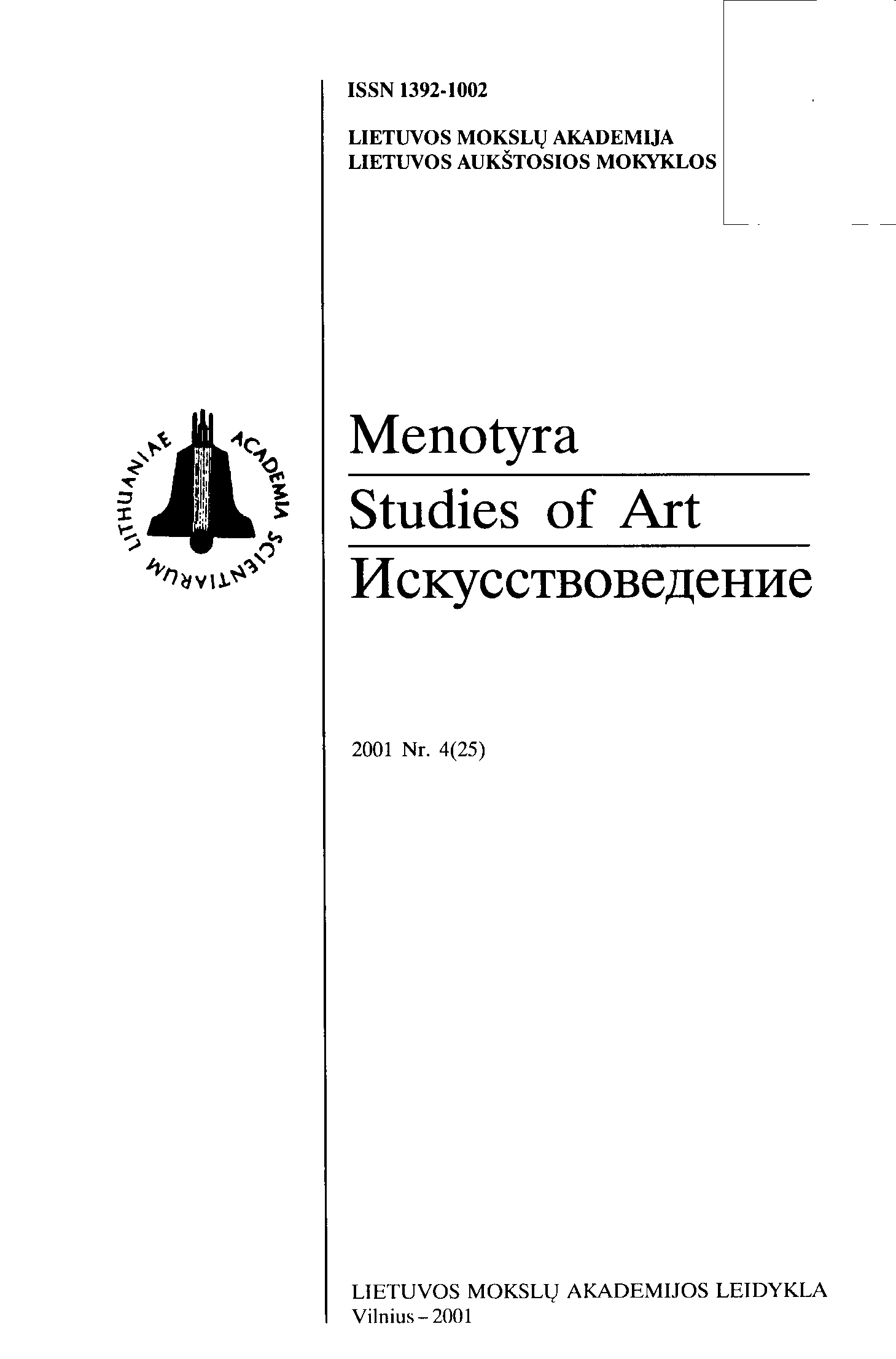XIX a. II pusės reginių kultūra Vilniuje
The culture of spectacle in the 2nd half of the 19th century in Vilnius
Author(s): Jolita MulevičiūtėSubject(s): Cultural history, Visual Arts, Sociology of Culture, 19th Century, Sociology of Art
Published by: Lietuvos mokslų akademijos leidykla
Summary/Abstract: With the suppression of the 1863 uprising and repressions by the tsarist government, the scene of public life in Vilnius became deserted. A great number of science and art figures were exiled or retreated to the Russian Empire and abroad. The cultural institutions stopped functioning. This decadent situation witnessed the spreading of mass culture. Vilnius was often visited by "history-anthropology museums" - the analogues of waxworks' exhibitions popular in the whole Europe and the USA in the 2nd half of the 19th century. An obligatory part of such exhibitions was the cabinet of wax figures complemented by so-called panorama and a nature section. Such collections, besides entertainment, also performed the educational and aesthetic functions. Essentially, these itinerant exhibitions were similar to serious reviews, linking up the miscellanea of art, nature, science and technique. They were brought into unity by the ideas of positivism aesthetics, first of all the principle of life cognition and the criterion of the truth, which stimulated one to take an interest in the studies of man's physiology and psychology, ethnographical and anthropological objects, illusionistic possibilities of view-rendering. The "history and anthropology museums", however, did not offer 10 the inhabitants of Vilnius any genuine high-quality artworks and fundamental existential values, either. The dissatisfaction with the existing situation made the local intellectuals mature the vision of a cultural centre. It was as early as 1889 when the official press published their articles concerning the necessity to have a modern cultural temple in Vilnius - a complex of museums, exhibition halls, libraries and the rooms for lectures. There is every reason to believe that such a statement can be regarded as one of the first steps towards the project for a modern art museum.
Journal: Menotyra
- Issue Year: 2001
- Issue No: 4(25)
- Page Range: 14-18
- Page Count: 5
- Language: Lithuanian

